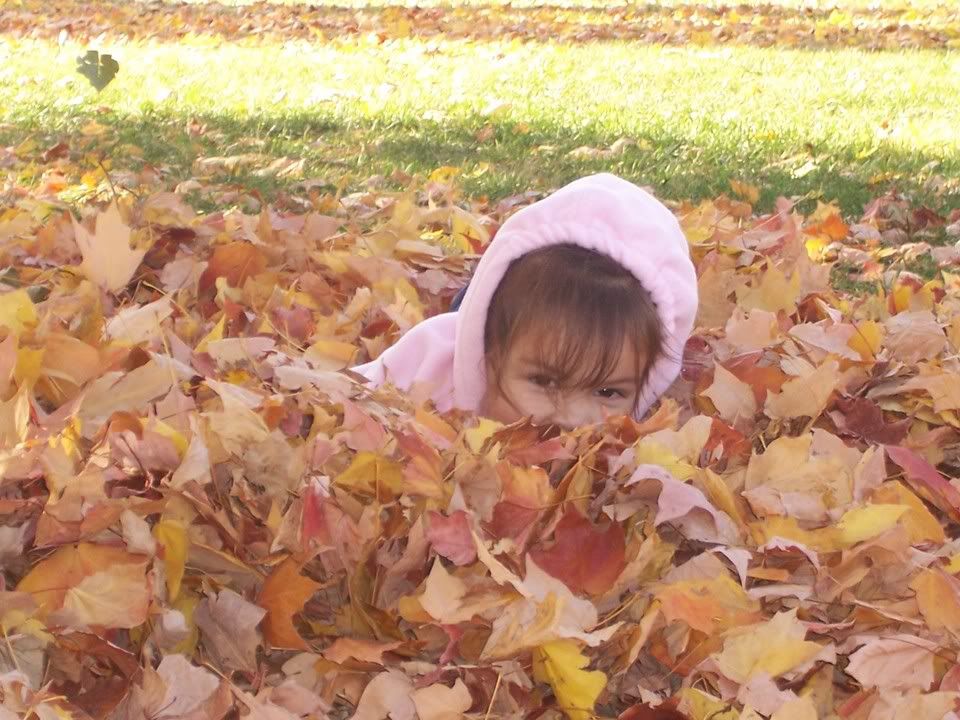I have a Nikon CoolPix 7600. I just got it. I have been taking pictures in the auto mode. When I take them in the scene mode they turn out fine, but I usually use auto. This is how some of my pictures are turning out. Anyone know why? The first one is one I took with my camera. The second one is one that a friend of mine took with her Kodak digital camera. Mine have a blue tint to them.






